
BENGALURU (PTI): ISRO's Second Vehicle Assembly Building (SVAB) is being realised as an additional integration facility, with suitable interfacing to a second launch pad at Sriharikota, even as the space agency plans to increase its launch frequency to more than 12 missions per year.
Five launches per year have been achieved during the last two years and it is targeted to increase the launch frequency to eight missions in the immediate future and more than 12 missions per year subsequently, Indian Space Research Organisation (ISRO) said on Monday.
Towards meeting these future targets, SVAB is being realised as an additional integration facility with suitable interfacing to second launch pad, it said.
Necessary augmentations are planned in Solid Motor production and other launch base infrastructure, it added.
With the successful lift-off of the PSLV-C29 launch vehicle carrying six Singapore satellites on December 16, 2015 from the first Launch Pad at Satish Dhawan Space Centre (SDSC), SHAR; ISRO marked a history as it completed 50 launches from the spaceport.
Out of 50 launches from Sriharikota, 32 were Polar Satellite Launch Vehicle (PSLV), nine are Geo-synchronous Satellite Launch Vehicle (GSLV), four Satellite Launch Vehicle (SLV), four Augmented Satellite Launch Vehicle (ASLV) and one GSLV MkIII-X.
Stating that the journey started with the realisation of facilities for integration and launch of the first Satellite Launch Vehicle SLV-3, ISRO said initially independent launch pads were realised for the first generation launch vehicles of SLV-3 and ASLV.
Subsequently, two versatile launch pads, namely First Launch Pad and Second Launch Pad were realised and both have provisions to integrate and launch the present operational vehicles of PSLV and GSLV.
The Second Launch Pad is augmented to meet requirements of integration and launch of next generation launch vehicle GSLV MkIII.
In parallel, facilities have been established for production of Solid Motors required for all launch vehicles of ISRO, the space agency added.
Out of 50 launches from Sriharikota, 43 were successful and seven were unsuccessful, including the first launch SLV-3 E1 on August 10, 1979.
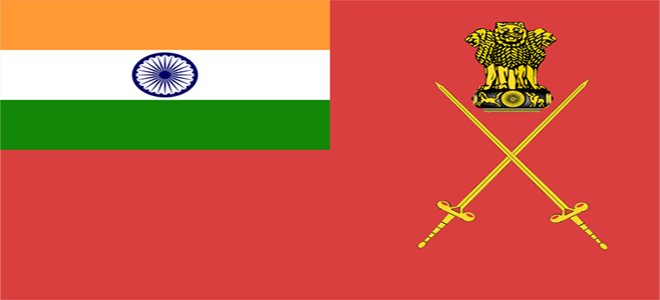 Previous Article
Previous Article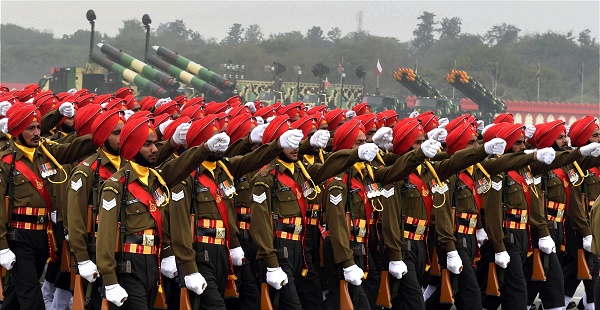 Next Article
Next Article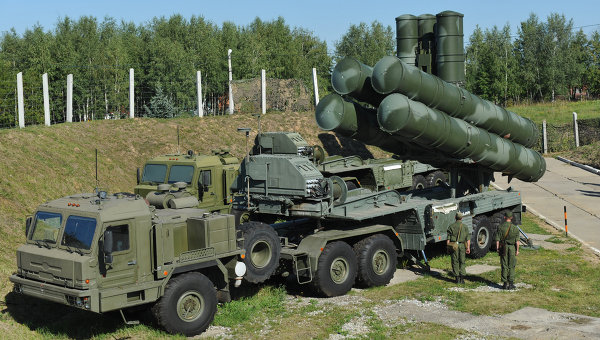
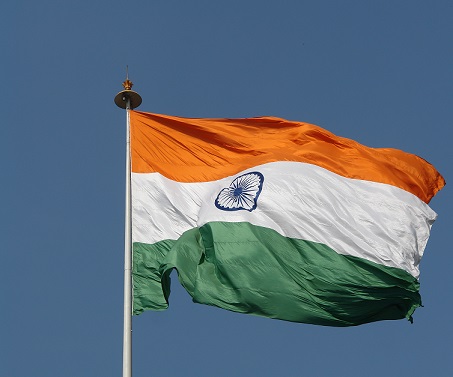
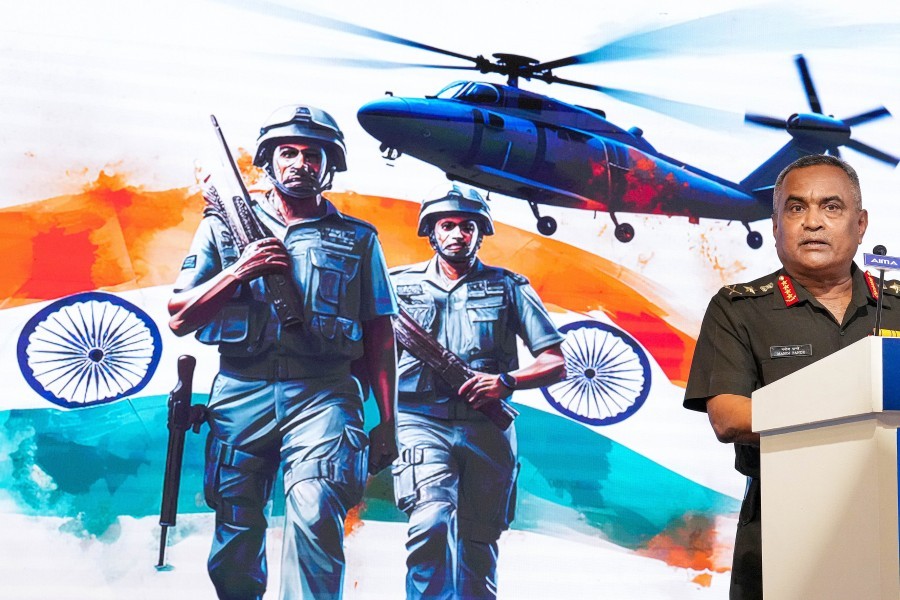
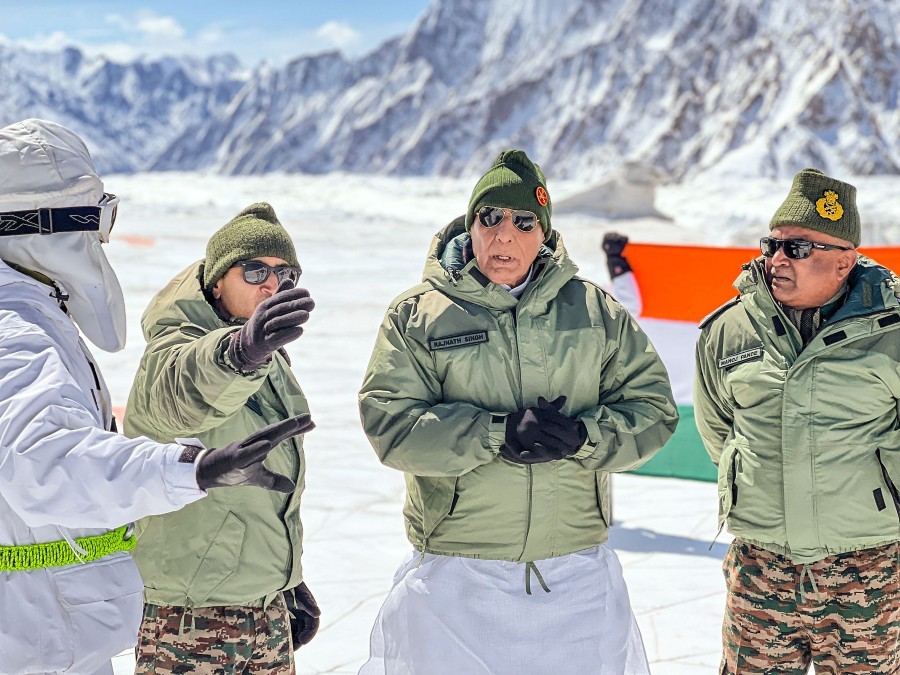
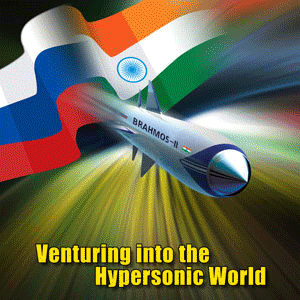
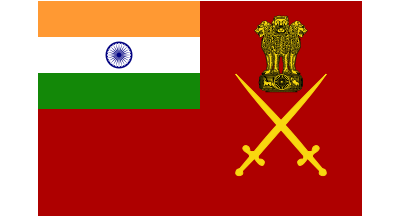
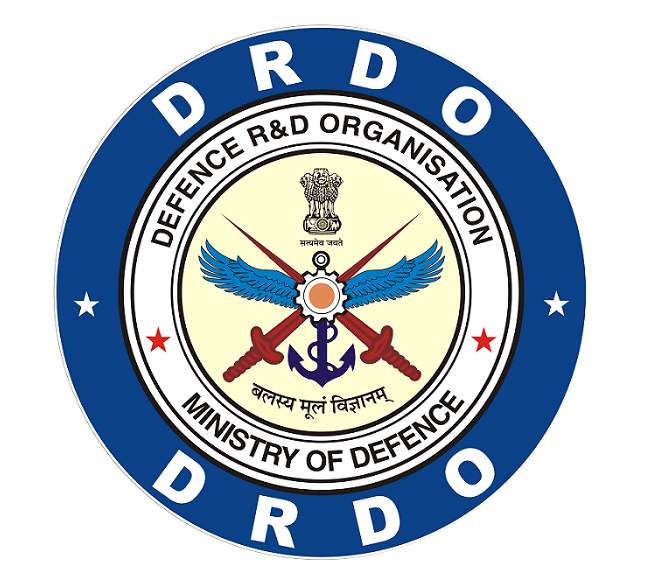
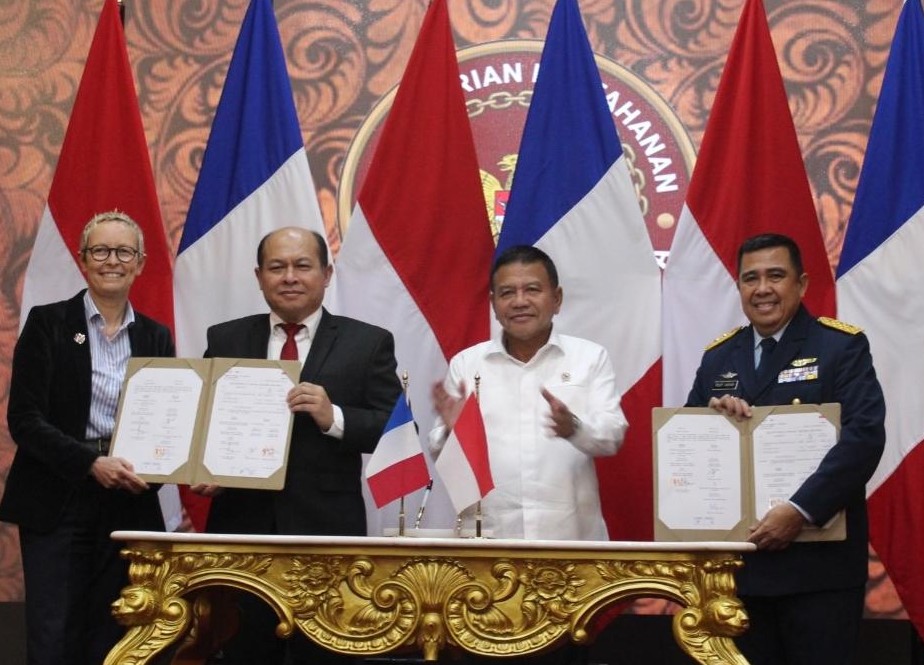
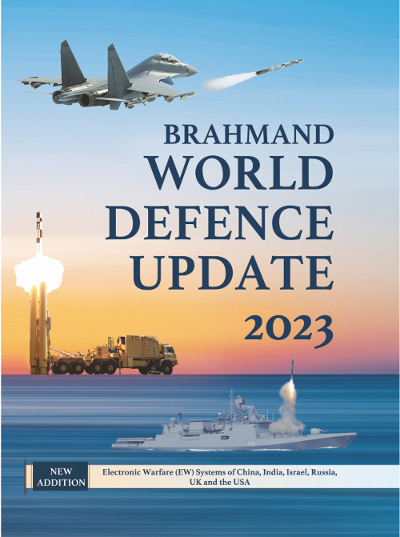




The Indian Air Force, in its flight trials evaluation report submitted before the Defence Ministry l..
view articleAn insight into the Medium Multi-Role Combat Aircraft competition...
view articleSky enthusiasts can now spot the International Space Station (ISS) commanded by Indian-American astr..
view article